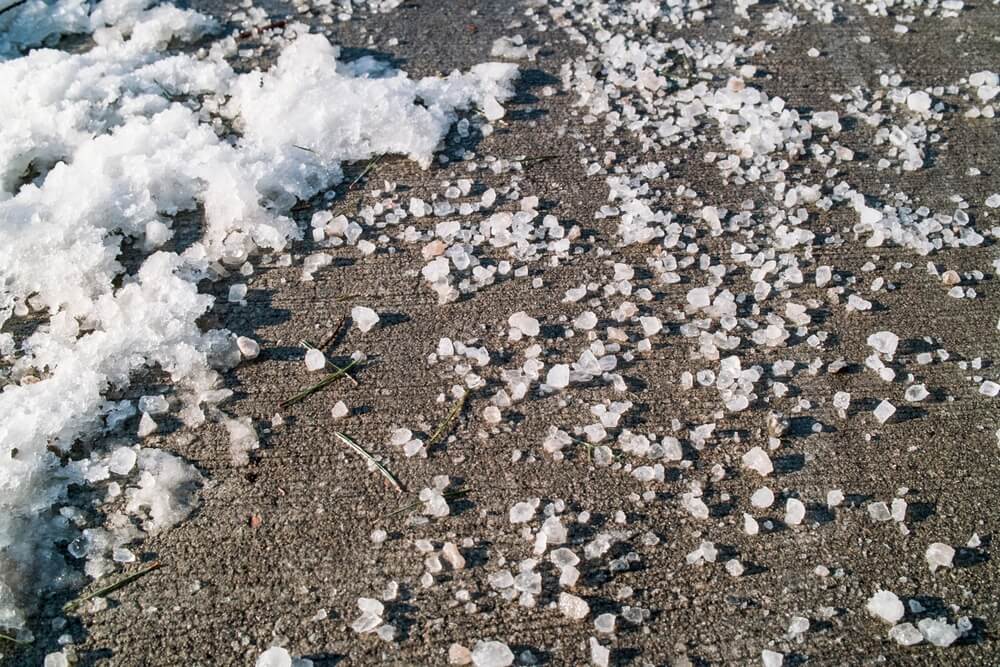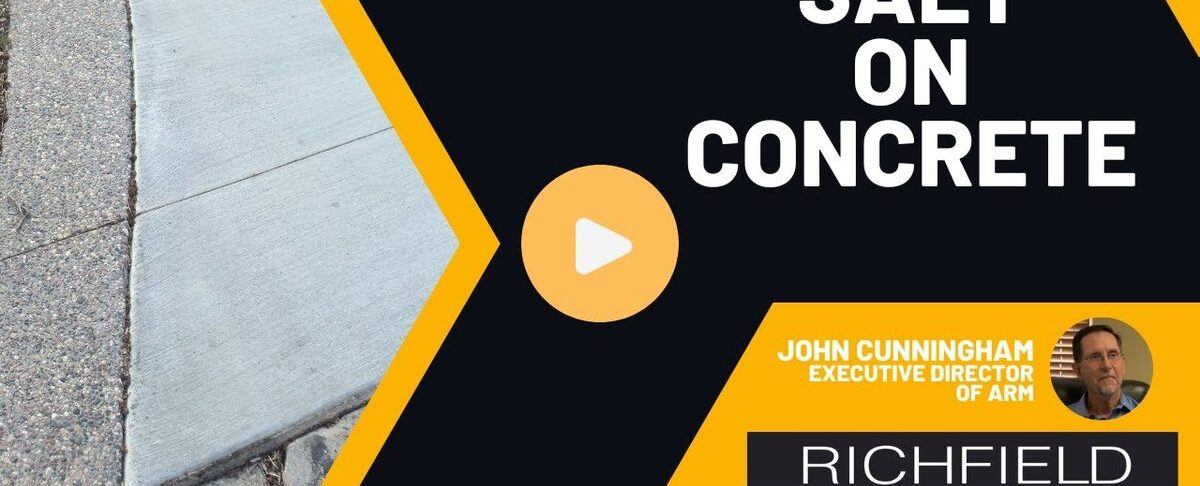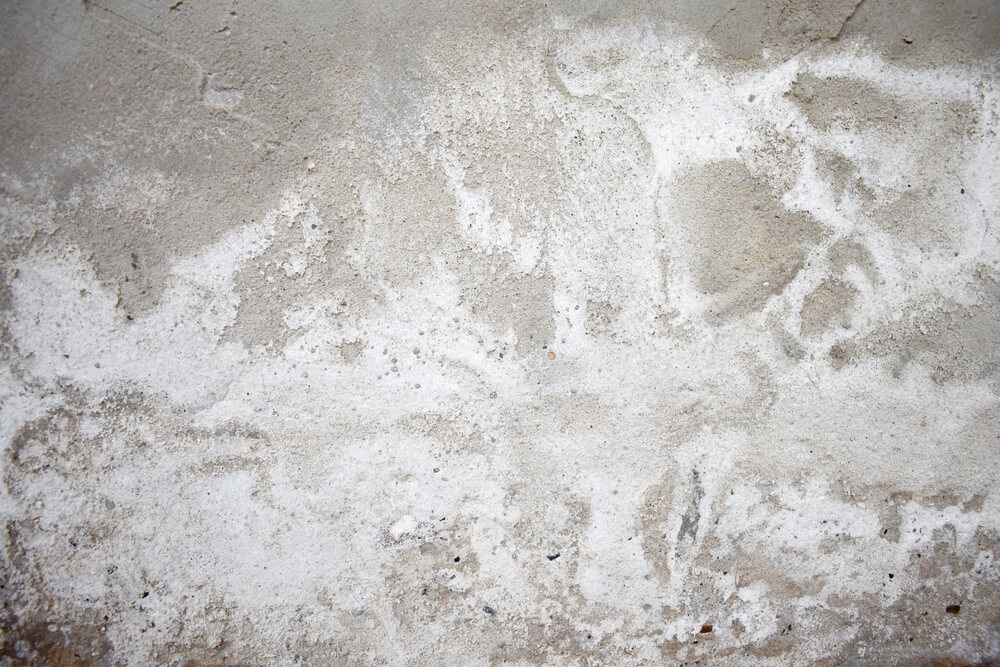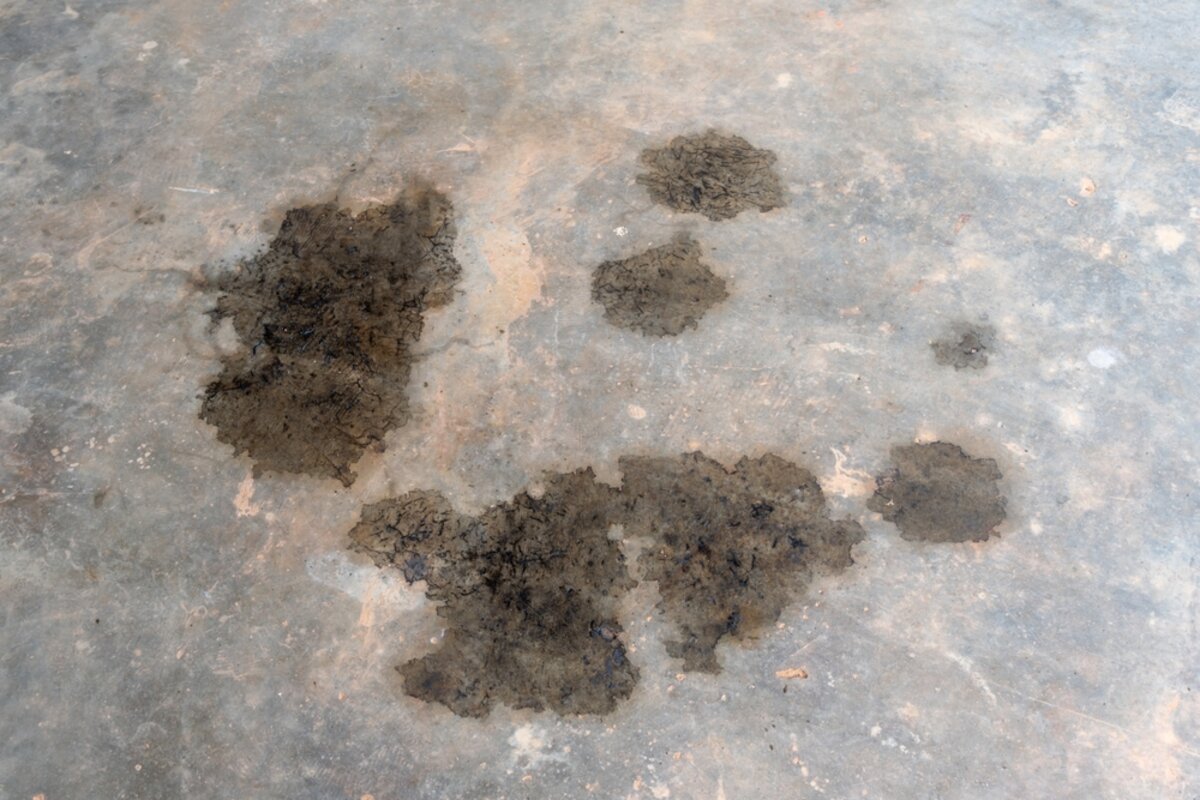Winter weather brings with it a host of challenges, including icy and slippery surfaces. For many, the immediate solution is to throw some salt or deicing chemicals on concrete driveways and walkways. While this can be effective in providing a safer, more walkable surface, it’s not always the best treatment for the longevity of your concrete.
In this blog post, we will delve into the ideal timing for applying salt on your concrete surfaces, why you should steer clear of certain deicers in the first winter, and how to select safe options for your property.
The Best Time to Apply Salt on Concrete
When it comes to applying salt or deicing chemicals, timing is critical. The best time to use these substances will depend on the age and condition of your concrete. However, one important rule of thumb is to avoid the use of salt and other deicing chemicals during the concrete’s first winter. Newly poured concrete needs time to gain strength and resistance against the potentially corrosive effects of these substances.
Now, sometimes avoiding salt in the first winter is not feasible due to safety concerns. Slippery walkways and driveways can be hazardous, and it’s a decision that homeowners or business owners will have to make. If you find yourself in this predicament, prioritize safety but be aware that the newly laid concrete might suffer in the long term.
Why Avoid Salt in the First Winter?
Newly laid concrete is still in the process of curing and gaining its full strength. During this period, it’s more vulnerable to the corrosive effects of salt and other deicing chemicals. Even if these products claim to be safe for concrete, it’s best to err on the side of caution during the concrete’s first winter.
Once this initial period has passed, the concrete is usually far enough along in its strength gain to resist most of those deicing chemicals.
Safe Deicer Options
One critical point to remember is that not all de-icing products are safe for concrete. Therefore, you’ll want to invest some time in researching before you select a deicing chemical for your surfaces.
Go Beyond Just Reading Labels
Reading the label on a deicing product is a good starting point, but sometimes you may need to go a bit further. Some chemicals are much harsher on concrete than others, and using them could lead to surface deterioration or even structural damage over time. Research consumer reviews, scientific studies, and consult with professionals if you’re in doubt.
Conclusion

To sum it up, the best time to put salt on your concrete is generally after the first winter has passed, when the concrete has gained sufficient strength to withstand the corrosive effects of salt and deicing chemicals. While safety concerns might necessitate the use of these substances during the first winter, caution should be exercised to minimize long-term damage.
Finally, take the time to research and choose deicing chemicals that are known to be safe for concrete surfaces. This approach will help you maintain the longevity and structural integrity of your concrete surfaces while also keeping them safe during the winter months. Contact Richfield Concrete today to learn when you should put salt on your concrete.









